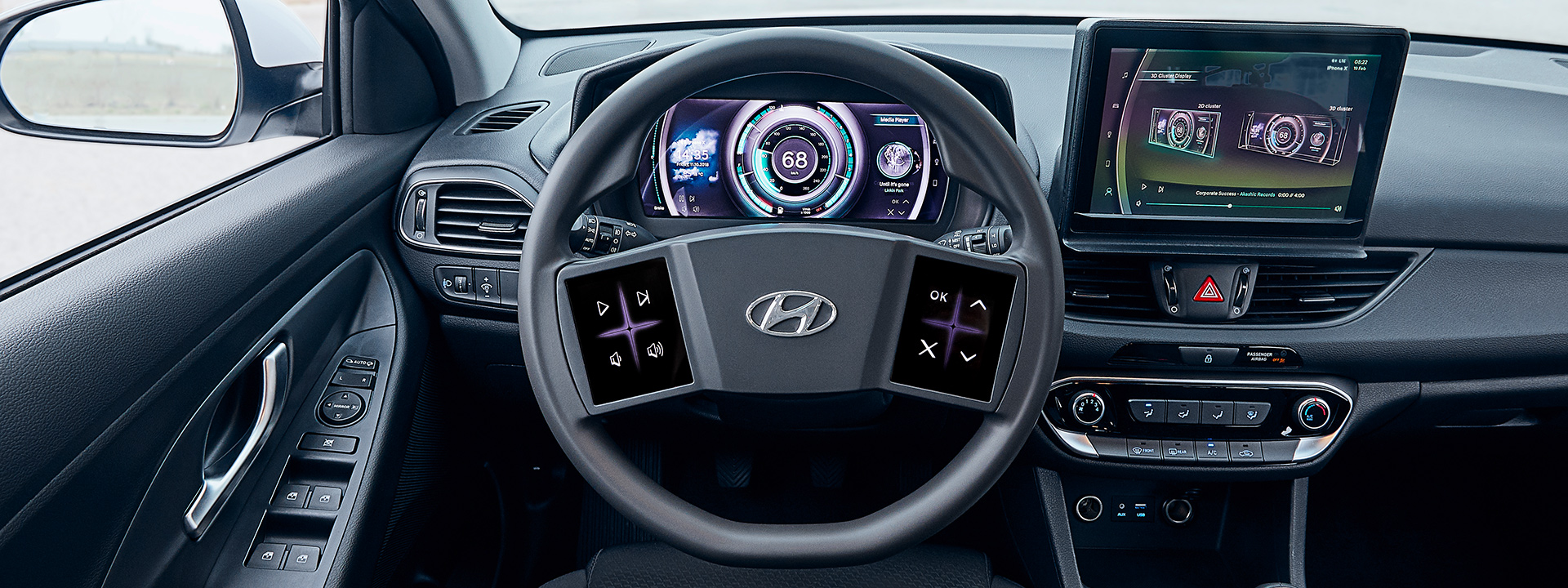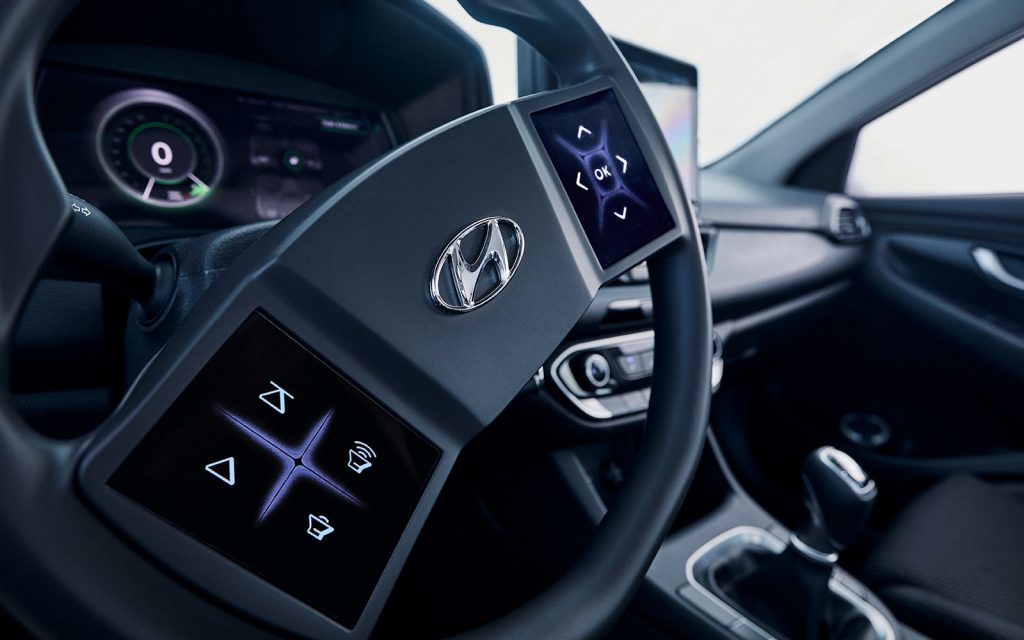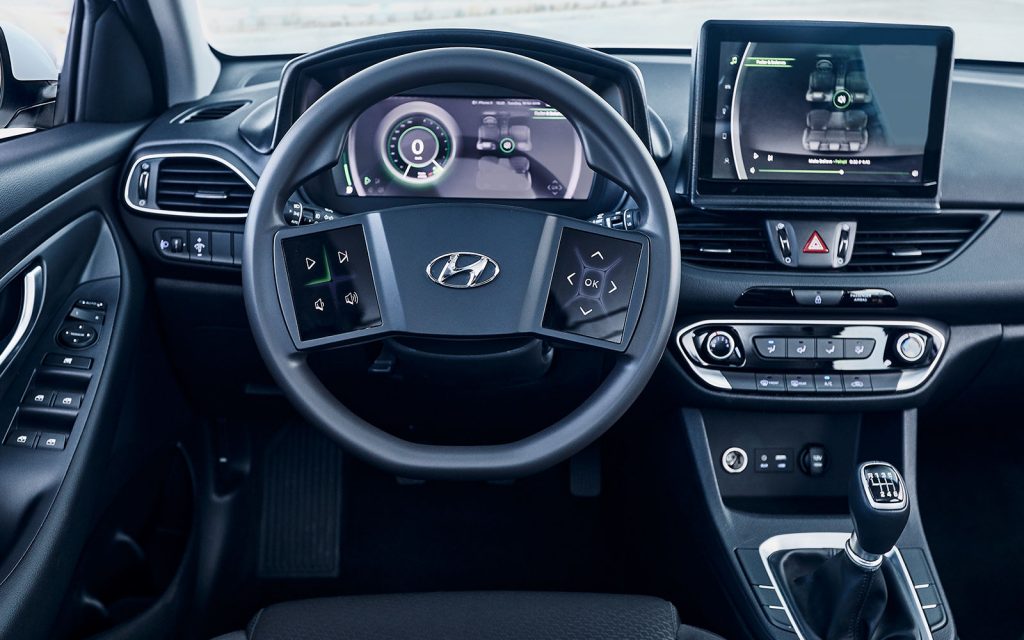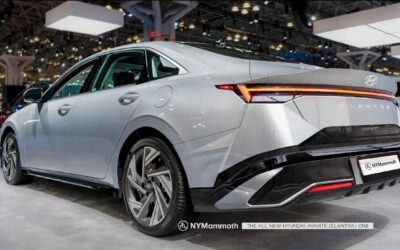
This week, Hyundai revealed the first iteration of their next-generation virtual cockpit technology, which hints at the future direction of a blended infotainment and driving assist system for Hyundai.
[ads id=”9″]
As the car industry moves from using technology in a peripheral capacity to assist driver safety and comfort towards leveraging it to create an overall immersive experience, consumers are seeing more electronic features in cars than ever before.
However, the added complexity of cars with cutting edge technologies increases the cost of the vehicle, the cost of repairs and maintenance, and confusion among drivers who navigate between an ever-increasing number of steering wheel buttons, center console controllers, touch screens, trackpads, voice commands, and smartphone apps while driving.

[ads id=”8″]
Hyundai’s virtual cockpit program aims to reduce that complexity, cost, and distraction while driving. Therefore, they chose a basic global market, manual transmission Hyundai i30 as their platform to show off this first look at their virtual cockpit.
It includes a handful of interesting features. There are two large configurable touchscreen control pads on the steering wheel, which feature advanced haptic feedback to allow the driver to use them with confidence, with a much greater level of feedback than other haptic feedback systems from other manufacturers. It feels more like you are pushing a button than tapping a screen.

[ads id=”8″]
The gauge cluster screen is a proprietary multi-layer display, which consists of two panels that are about a quarter of an inch apart. Working together, these two panels show a three-dimensional graphic representation of the displayed information. Hyundai claims that this increases the driver’s overall attention as the three-dimensional display more closely mirrors the three dimensions of the world around the car.
The large center display perches high up on the dashboard to prevent drivers from getting distracted by looking down too far. This display is a super-responsive touchscreen that combines with high-performance software to offer an easier and less frustrating user interface than current systems.
[ads id=”8″]
Hyundai recently performed a driver distraction study using the prototype virtual cockpit and found that drivers were significantly less distracted with the Hyundai virtual cockpit than with any currently available systems compared in the study.
Hyundai remains committed to bringing this technology not only to premium models in its lineup, but also to their mainstream cars. Consumers will have to wait a little while longer to see the final product appear in dealerships within the next few years.
[ads id=”8″]








